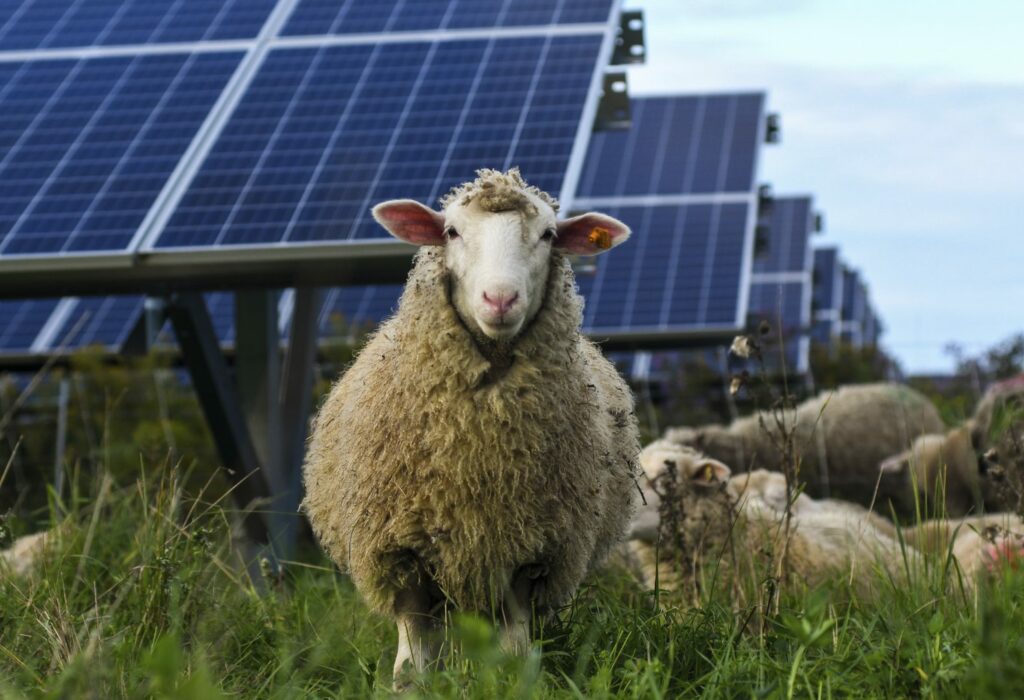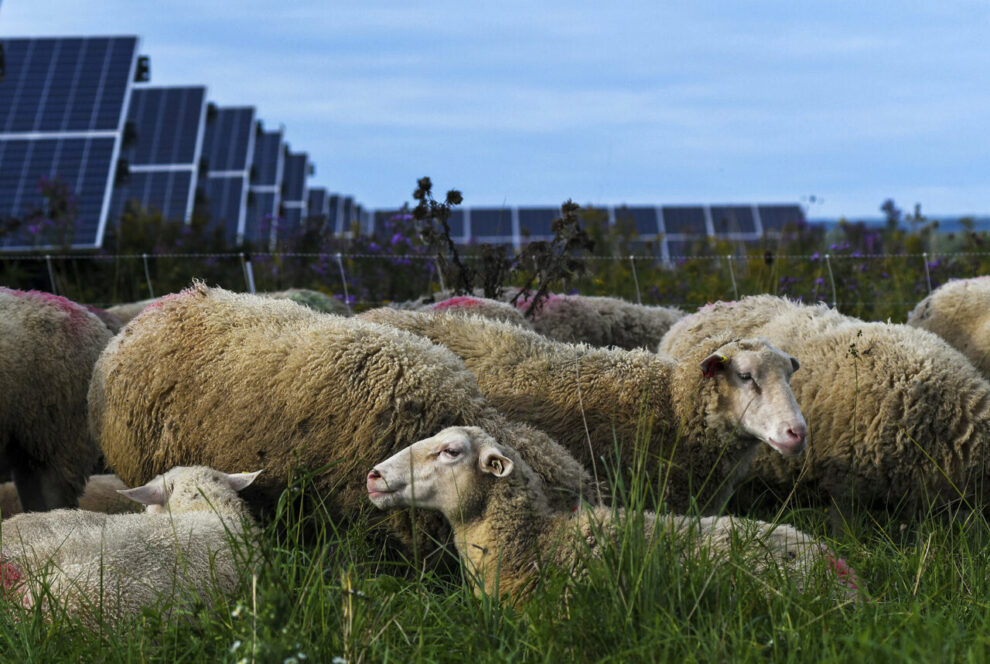For years, the solar energy industry and traditional farming have been viewed as inherently at odds, with both sectors competing for valuable land resources. However, a growing body of research is now revealing that these two industries can not only coexist but also thrive in a mutually beneficial relationship.
The key to this harmonious integration lies in the concept of agrivoltaics, which allows farmers to lease portions of their land to solar energy companies while still maintaining the ability to utilize the land for various agricultural purposes.
“Agrivoltaics essentially allows farmers to lease parts of their land to solar companies, providing the farmers with steady, guaranteed incomes,” the article explains. “Best of all, the land underneath the solar panels is still theirs to use for things like grazing or for plants that require lots of shade.”
This symbiotic arrangement presents a wealth of advantages for both the farmers and the solar industry. By leasing their land to solar companies, farmers are able to secure a reliable stream of income, which can be particularly valuable during times of economic uncertainty or unpredictable weather patterns that can impact traditional crop yields.
Moreover, the land beneath the solar panels can still be utilized for various agricultural activities, such as grazing livestock or cultivating shade-loving plants and native pollinators. This diversification of land use not only supports the farmers’ existing operations but also enhances biodiversity and contributes to carbon sequestration and soil health.
“If they are managed well, [agrivoltaic farms] are increasing biodiversity, sequestering carbon and increasing soil organic matter. The benefits are numerous,” said Loran Shallenberger, senior director of regenerative energy operations for Silicon Ranch, a Nashville-based solar energy company.
The enthusiastic response from farmers who have embraced this approach further underscores the transformative potential of agrivoltaics. One farmer, who uses a portion of his family farm for “solar grazing,” where sheep graze under the solar arrays, enthusiastically stated, “You’re getting paid to graze your sheep.”
This integration of solar energy and agriculture holds profound implications for the future of our planet. As the world grapples with the pressing issue of climate change, driven largely by the pollution generated by traditional energy sources, the rapid adoption of clean, renewable energy solutions like solar power has become increasingly critical.
By leveraging the synergies between solar farms and agricultural practices, agrivoltaics offers a pathway to accelerate the transition to sustainable energy while simultaneously supporting the livelihoods of farmers and enhancing environmental stewardship.
As our planet continues to overheat largely as a result of the air pollution created by dirty energy companies, it is clear that we need to switch away from energy sources like gas and oil and toward clean, renewable sources like wind and solar as quickly as humanly possible,” the article notes.
The experts believe that the widespread embrace of agrivoltaics has the potential to convince a significant number of landowners to participate in the shift towards renewable energy, ultimately driving the progress needed to combat the climate crisis.
As the world looks to the future, the marriage of solar power and agriculture through agrivoltaics stands as a shining example of how innovative thinking and cross-industry collaboration can sow the seeds of a more sustainable and resilient future for all.
















Add Comment